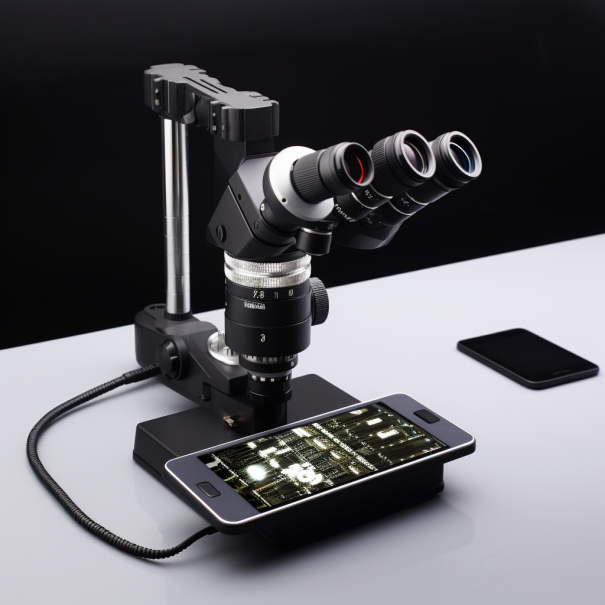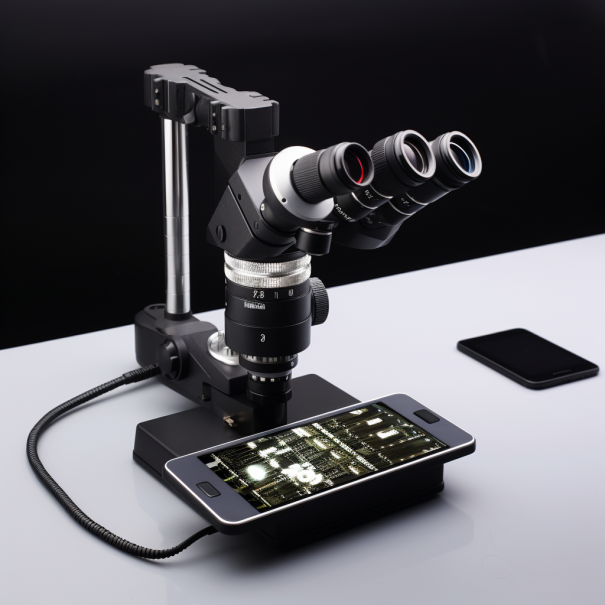When Choosing an appropriate microscope digital head, There Are Several Factors to Consider. If you want your images to be of a high quality and if you want them to easily integrate with your microscopy workflow, it is absolutely necessary that you choose the appropriate digital camera for your microscope digital head.

When shopping for a digital camera that can be attached to your microscope, there are a few important factors to take into account, including the following:
1. Adherence to predetermined criteria
Compatibility ought to be one of your primary considerations whenever you are in the market for a digital camera to use with your microscope. Be certain that the model of the camera you choose is suitable for use with the microscope digital head you intend to use it with, as well as the camera port that the microscope features. The vast majority of the time, microscopes come outfitted with specialized camera adapters or mounts that make it possible to attach a camera in a way that is both secure and reliable. In order to achieve the highest possible image quality and prevent any vibrations or misalignment from occurring while imaging, it is essential to locate a camera that not only fits snuggly but also provides a secure connection.
2. The image's resolution as well as its overall quality
The resolution of a camera is measured in terms of the amount of granular detail that it is capable of capturing. Images that have been captured by cameras with a higher resolution are noticeably clearer and more clearly defined than those captured by lower resolution cameras. When selecting a digital head for your Digital Camera For Microscope, it is essential to take into account the resolution requirements of the applications you intend to use it for in order to achieve the best results. If you need to take measurements on microscopic structures or take pictures of fine details, you should consider purchasing a camera that has a higher resolution. This will allow you to get the best results. Also, pay attention to the type of image sensor and its size, as these aspects can have a significant impact on the quality of the image that is captured. This is especially true in terms of how sensitive the sensor is, how much noise it produces, and the dynamic range that it provides.
3. The Frequency with Which Photographs Are Obtained
If you need to record processes that are either constantly in motion or highly dynamic with the Digital Camera For Microscope, the rate at which images are captured is an essential aspect to take into consideration.
Because these applications require the smooth capture of fast-moving events, cameras with high frame rates are required for them. Some examples of these applications include imaging live cells and conducting time-lapse experiments. Consider the camera's maximum frame rate as well as its ability to maintain high-speed imaging without compromising image quality. High-speed cameras with advanced triggering options can be an especially helpful tool for demanding applications that require precise timing and synchronization. This type of camera is ideal for applications like these.
4. Software Programs and Connections to the Internet
Investigate the different software capabilities that the digital camera offers as well as the various connectivity options that it provides. It should not be difficult to control the settings of the camera, take pictures, or perform basic image processing using the software that is included with the camera. This software should be user-friendly and come pre-installed on the device. Compatibility with widely used imaging software, such as ImageJ or Adobe Photoshop, is also beneficial for more advanced image analysis and post-processing tasks. In addition, it is essential to take into account the various connectivity options that the camera provides, such as USB, HDMI, or Ethernet, in order to ensure a seamless integration with the imaging system or computer that you will be using.
5. The Business Strategy and Its Future Prospects for Development
It is essential to take into consideration the state of your finances before purchasing a digital camera to attach to your microscope. Determine which functions and parameters are required for the applications you have in mind, and then allocate your financial resources in accordance with the decisions you make regarding those requirements. In spite of the fact that it is absolutely necessary to make a purchase of a camera that is capable of catering to your current requirements, you should also give some consideration to the possibilities of growth in the foreseeable future. If you anticipate the need for additional functionality or advanced imaging techniques in the future, it may be beneficial to make an investment in a camera that supports modular upgrades or is compatible with a variety of accessories, such as filter wheels, motorized stages, or specialized microscopy techniques (such as fluorescence microscopy). If you do so, it may be worthwhile to make the investment in such a camera.
For instance, if you are able to foresee the need, there is a good chance that you will require additional functionality or more advanced imaging techniques in the not too distant future.
If you give some consideration to factors such as compatibility, the resolution and image quality, the speed at which images are captured, software and connectivity, as well as your financial constraints, you will be able to make an informed decision regarding the digital head that will be used for your microscope. When you select the appropriate camera, not only will your microscopy capabilities be enhanced, but you will also be able to generate images of a higher quality, and any specific imaging or research requirements you might have will be satisfied.


